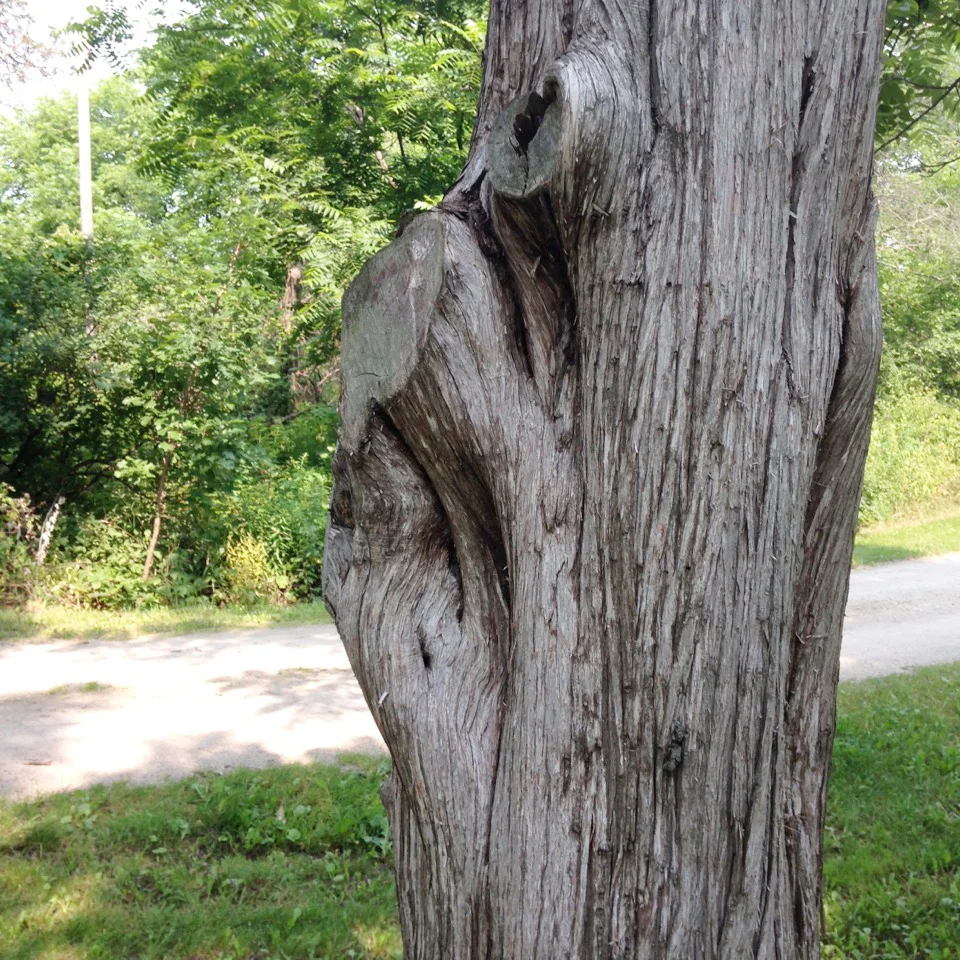Tree of the Month • May 2016
/Eastern Redcedar • Juniperus chinensis
by: Gilbert A Smith, ISA certified Master Arborist
You may remember me saying in the past that there were no native evergreens in Northeast Illinois when European settlers arrived. If there were a native evergreen it would be the Redcedar. It’s really not a Cedar, it is a Juniper but it looked like a European Cedar tree in the 1500’s when explorers first named it. It’s also not a native. An inhabitant of the toughest places in the eastern forest it can’t stand prairie fires set by Mother Nature or the Native Americans. As soon as farmers plowed the prairie and suppressed fires, the Redcedar headed West of Lake Michigan.
Read More





















